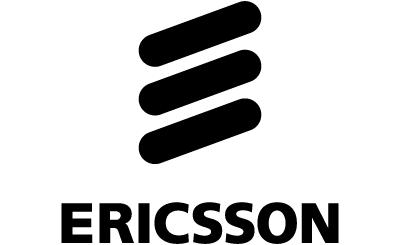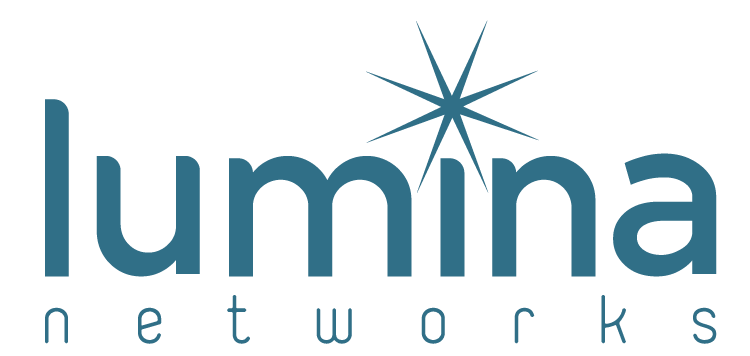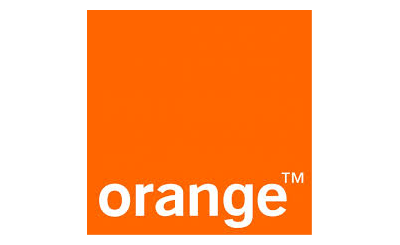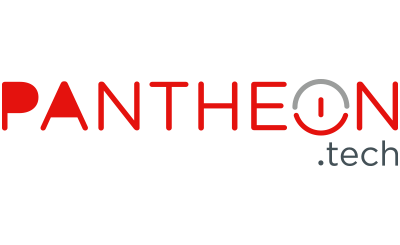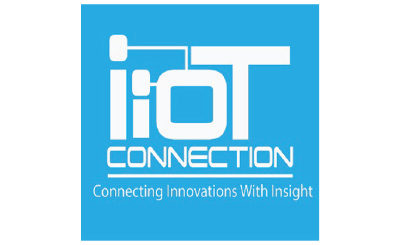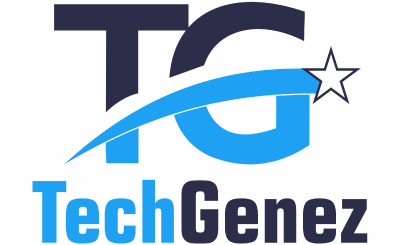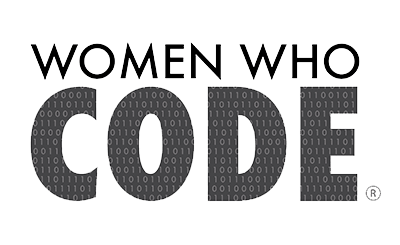

September 23 - 25, 2019
Flanders Meeting & Convention Center
Elisabeth Center
Antwerp, Belgium
#opennetsummit
LF Networking Demos
Immerse yourself in the latest innovations from across the open source networking stack with 10 community-driven demos at the LF Networking booth!
TransportPCE: SDN controller and simulators for WDM optical networks (OpenDaylight, FD.io, Open ROADM, Lighty.io) Presented by Orange, Pantheon.tech
TransportPCE is an open source implementation of an optical SDN controller officially integrated in the OpenDaylight Fluorine and Neon releases. It allows to manage optical WDM devices compliant with the Open ROADM specifications (http://openroadm.org/home.html), the current only open standard that focuses on WDM devices full interoperability. Along the controller implementation, TransportPCE also embeds a device simulator derived from the FD.io project honeycomb. A full functional test suite was built on top of this simulator for CI/CD sake. The demo will simulate a small WDM network topology with FD.io honeycomb and shows how to create and delete a WDM service with the TransportPCE test suite. The design of TransportPCE relies on a modular approach that leverages the classical OSGi OpenDaylight framework. This design allows to consider more deployment scenarios than the monolithic WDM network management systems classically found on commercial products. Lighty.io is an alternative framework to OSGI for OpenDaylight that is developed by Pantheon.tech and is partially open sourced. It is thought for deployment scenarios that require streamlined applications with minimalistic resource consumption (e.g. microservices) TransportPCE supports both OSGi and Lighty.io (without any proprietary component). The demo will propose a comparison of OSGi and Lighty.io.
Baremetal deployment with XCI (OPNFV) Presented by SUSE
Since the end of last year, XCI is capable of deploying baremetal. This is done using Bifrost which is capable of configuring baremetal resources through IPMI and then bootstraping them using PXE and after that provision them using Ansible. We would like to spread the word and demonstrate that this is working.
Closed Loop Automation: Self-healing, Infrastructure Resiliency & Maintenance (OPNFV, Kubernetes, OpenStack, Collectd, Prometheus, Kafka, mcelog) Presented by Intel and Nokia
5G network transformation require infrastructure to be self-healing & self-optimizing. Closed Loop Automation (CLA) plays a fundamental role in achieving the vision of zero-touch infrastructure & service management. This demo proposal showcases two demos that highlight closed loop infrastructure automation at site level, with openstack & Kubernetes. The first demo from OPNFV CLA working group uses Vitrage, Congress & Fenix of OPNFV Doctor, memory reliability faults telemetry from OPNFV barometer & Prometheus to demo resilient & self-healing VM infrastructure to provide memory fault detection, fault isolation, re-provisioning & maintenance of network slices based on a policy. The second demo leverages newly architected Kubernetes telemetry aware scheduler enhancements and host health indicator calculated from advanced platform telemetry from on-board temperature & voltage sensors, performance monitoring unit, last level cache of CPU, etc., to automatically heal container workloads. This demo leverages streaming analytics using streaming data within Kafka for identifying anomalies & indicating host health. The audience would take away the importance of CLA, necessity to interface with CLA at NFVO layer (like ONAP) for service management & edge deployments and understand complexities of stacks involved.
OPNFV Verification Program (OVP) in Action (ONAP, OPNFV) Presented by Aarna Networks, China Mobile, Huawei, Intel, Vodafone, VoerEir
The LFN OPNFV Verification Program (OVP) is an open source, community-led compliance and verification program to demonstrate the readiness and availability of commercial NFV products and services, including NFVI and VNFs. The scope of OVP includes compliance testing, validation testing, performance testing, and interoperability testing. There are three verification tracks—NFVI, VNFs based on requirements from the ONAP community, and test labs. The demo will benefit both CSPs and vendors. CSPs can leverage OVP to accelerate time to deployment for new network services, improve interoperability and software quality, and reduce in-house testing effort and reduce costs. Vendors can leverage OVP to improve time to revenue for new product offerings, achieve greater alignment with customer requirements from service provider, and demonstrate product quality through open ecosystem testing. In this demo, we will show all three aspects of the OVP program by using a combination of ONAP, OPNFV, and an OVP verified lab.
CTNet2025 Intent-Based Network (ONAP, OpenDaylight) Presented by China Telecom
This demo aims to demonstrate a intent-driven network architecture and three typical customer scenarios handled by intent-driven network. This demo is developed with the help of ONAP components for the design, provisioning, life-cycle management, and also assurance of the operation services and implementation. In the mean time it uses ODL for controller development. The biggest feature of intent-driven network is the ability to automatically translate customer requirements into network configuration strategies to accomplish network security and closed-loop automatic operation and maintenance. We plan to demo the following scenarios driven by customer intent: Switch lanes Traffic offload Service Orchestration.
Policy Goes Mainstream in ONAP, leveraging TOSCA and Kubernetes (ONAP) Presented by AT&T and Ericsson
The architecture and the implementation of the ONAP Policy Framework was substantially upgraded in the ONAP Dublin release. In this demo, we present the evolved ONAP Policy Framework discussing the most important improvements and describing the evolved Policy Framework architecture. The framework is generic, extendable, scalable and can be used in ONAP or standalone outside ONAP. We highlight the power of TOSCA Policy Types (configuration templates) and how they can be used to build translation applications (setting up closed loop policies). We will also present the new components of Policy frame work using a Kubernetes deployment of ONAP. And then finally show a demo of creating & deploying policy in a pdp engine using the new architecture.
Application Oriented on-demand 5G Slice Service Provisioning by ONAP (ONAP) Presented by China Mobile, Tencent, Huawei
This demo shows how we use ONAP to provide end users high-quality and high-speed 5G slice service when they are using Internet applications in a crowded hot spot coverage area. In this scenario, Internet companies buy 5G service and send to ONAP their real-time 5G service demands like the location and duration via the policy interface opened by ONAP. ONAP will have a real time response to their dynamic demands and provide on-demand 5G slice service. The innovative points and main features are as follows:
- Open the interfaces of ONAP modules to Apps, providing a new 5G cooperation pattern between SPs and Internet companies
- By excavating the intelligent optimization ability of ONAP, a UPF best choice is given by ONAP so as to offer the optimal slice service
- A dynamic on-demand 5G slice service is supplied with the help of ONAP’s automatic and close-loop mechanism.
DPDK based CNI Support Using Integrated Tungsten Fabric - VPP Solution (Tungsten Fabric, DPDK, FD.io, Kubernetes) Presented by ATS
We are looking forward to demo a K8s deployement with Tungsten Fabric as controller and VPP as the datapath for CNI. Currently Tungsten Fabric vrouter does not have support for DPDK CNI, limiting performance for Tungsten Fabric CNI deployments. This Solution enables Tungsten fabric to deliver high performance for CNI with use of DPDK based solution from VPP.
OPX: Your Way to Build Composable Networks (OpenSwitch, Free Range Routing), Presented by Dell Technologies
OpenSwitch (OPX) is an open source Networking Operating System (NOS) focused on providing a full-featured networking solutions on top of an unmodified Linux kernel. Its package-based installation and integration with modern Linux distributions allow for flexibility in working with a variety of applications.
In this demo we will provide the following:
* an overview of the architecture
* showcase out-of-the-box applications, such as Free Range Routing
* purpose-built applications, such as a system monitoring utility, config/show utilities
We will also provide an opportunity to interact with OPX via VM (or running on remotely-accessed vendor hardware). Come learn how you can integrate your applications or onboard your hardware with this versatile NOS solution!
Cloud-native Network Data Analytics with PNDA (PNDA, Apache Hadoop, Apache Kafka, Apache Spark, CNCF Kubernetes, CNCF Prometheus, Helm) Presented by Gradiant and Cisco
PNDA is a Big Data Platform built from multiple Big Data and Data Analytics open source technologies. We’ve evaluated and chosen technologies based on a range of criteria: not only technical capability, but also the extent of the ecosystem and community support. This demo presents latest developments of PNDA project: PNDA is integrating Kubernetes support in its journey to be a truly open source Cloud Native Analytics Platform. We will show single-click/one-minute deployments of PNDA in local or remote (cloud) Kubernetes clusters, horizontal scaling of PNDA components managed by Kubernetes and visibility of multiple PNDA component metrics through Prometheus Integration. You can also see how a PNDA user can explore and program its Spark Jobs through interactive notebooks or deploy streaming applications with Apache Kafka and Spark-Streaming.
AI Controller System based on Reliably Forecasting Resource Usage (ONAP, Acumos) Presented by China Mobile, QCT, & Astri
Reliably forecasting resource usage is critical for data centers to efficiently utilize resource and guarantee uptime (SLA) at the same time.
In this demo, we demonstrate an AI system to control EPC resources dynamical scaling.
Our forecasting model is twofold, the long-term part takes into account of cyclical nature of network traffic, and short-term part can predict immediate abnormal traffic.
The model is hosted in Acumos, where it is trained periodically with data from ONAP DataLake.
Once trained, the model is deployed to ONAP as a DCAE analytics application, which will participate in ONAP Control Loop, and control EPC resources scaling based on the near real-time data collected in ONAP DMaaP.
All the above stages, data collection by DataLake, periodical model training and deployment, and model prediction, are fully automated, forming a closed loop.
This will serve as an sample application for other AI applications in ONAP ecosystem.
Integrating Kubernetes CNFs and OpenStack VNFs with Tungsten Fabric (Tungsten Fabric (LFN) Kubernetes OpenStack OpenWRT HAProxy) Presented by Codilime
The main focus of this demo is presenting the TF capabilities of integrating VM-based VNFs running on OpenStack and CNFs running as pods on Kubernetes.
We will demonstrate the features basing on a couple of deployment scenarios. We will start with a simple network filter running as a VNF on OpenStack and go through a basic demonstration of replacing it with a Kubernetes pod. Then we will show the abilities of combining VNFs and CNFs with a mixed load-balanced multipath service chain and finish with a full scenario of on-line replacement of the VNF with a CNF while synchronizing state and assuring the continuity of traffic.
This will demonstrate the TF abilities to integrate OpenStack and Kubernetes workloads with a single control plane, offering: shared networking, L2/L3 connectivity, network policing and service chaining. This unified control plane can be used directly or to ease implementation of higher-level orchestrator projects like ONAP and OPNFV, helping in the adoption of Cloud-native Network Functions.

